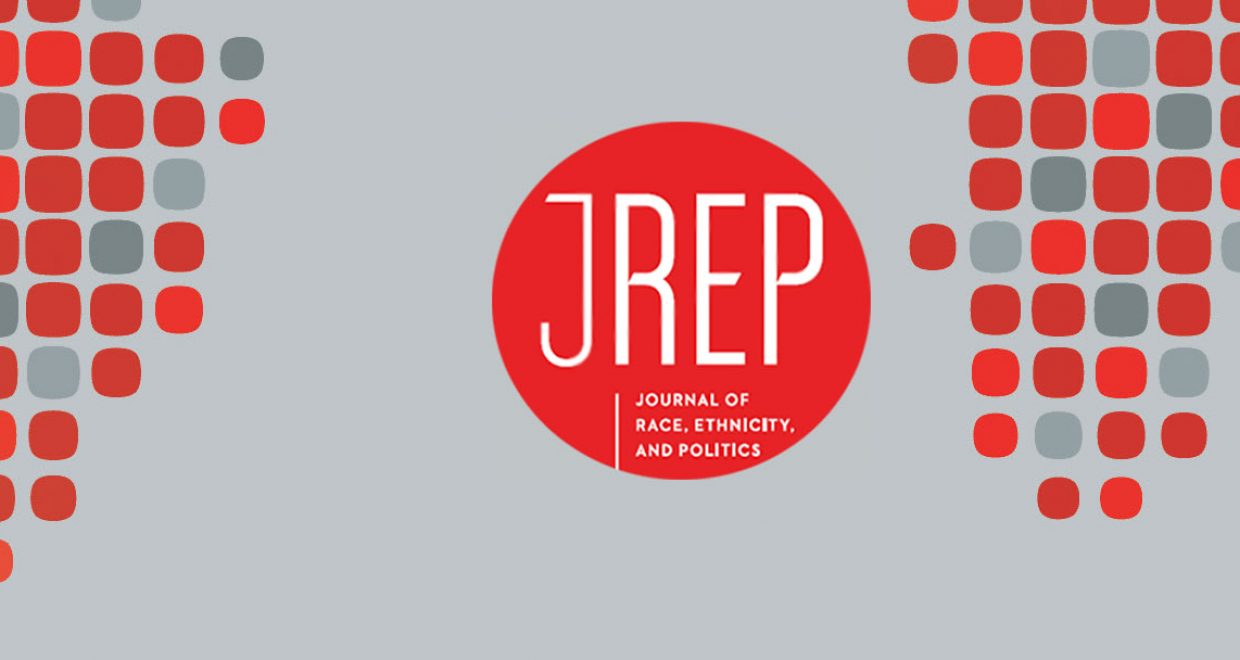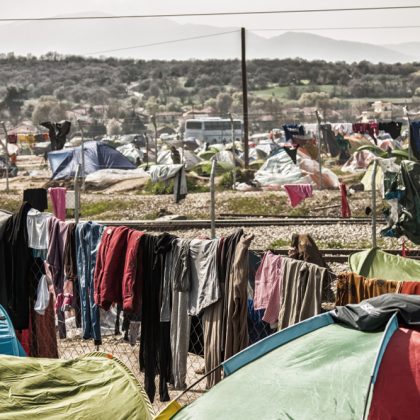No Safe Space: Neoliberalism and the Production of Violence in the Lives of Central American Migrants
Central American migration is not a new phenomenon. While the contexts causing people to leave the region, primarily the Northern Triangle, have changed over time, they remain interconnected in that the historical “push factors” for migration out of Central America laid the foundations for the migratory flows we are seeing now. In No Safe Space: Neoliberalism and the Production of Violence in the Lives of Central American Migrants, I rely on in-depth, semi-structured interviews (n = 99) with Central American migrants over the course of 4 years (2014–18), to examine how U.S. state-sponsored neoliberal policies enacted by Central American elites across nation-states have led to increases in different forms of violence against the poor in Central America. This in turn has led to the exclusion, displacement, and ultimately the expulsion of Central Americans from the region. These forms of violence continue as individuals migrate to Mexico and the United States.
The Central American Context
An analysis of Central American migration is not complete without taking into account the historical legacies of imperialism, war, violence and economic exploitation that together have created an environment which many Central Americans feel is unlivable. The civil wars that began in the mid 1900’s were the violent ramifications of decades of marked increases in inequality, loss of land, pauperization, and the consolidation of power in the hands of brutal dictatorships. These violent social conditions went hand in hand with the region’s integration into the world capitalist system, and eventually neoliberalism.
In Central America, the neoliberal project was touted as a concerted effort by the United States and country elites to impart fiscal and social discipline to counties in severe economic crisis, desperate for debt relief. In reality, these neoliberal reforms created secure investment climates for foreign investors; such investments were supposed to drive the recovery and growth of failed Central American economies. Ultimately, the protection of these ventures became the priority of elites in the region who benefitted from these economic arrangements. Thus, the expansion of neoliberalism in the region went hand in hand with the restructuring of the state in a way that would prioritize the protection of transnational capital above the rights and protection of citizens. Consequently, neoliberal reforms led to drastic reductions in social spending, the restructuring of economies for private gain, and the decimation of labor rights and protections. Workers who were unable to locate themselves within new industries became redundant, forcing them to either engage in informal labor or migrate in hopes of securing gainful employment elsewhere. This remains true to this day.
As the state has abandoned its social and economic responsibility toward the populace it has created conditions where citizens have no protection from everyday forms of violence. The vacuum of law and order created by the restructuring of the state has allowed, for the rise of extra-legal groups, such as gangs and cartels, and a reliance on private security and mercenaries. The rise of vigilantism has also created an additional layer of violence as citizens attempt to live with little to no functional support from the state. Together, these structural conditions have forced Central Americans out of the region.
Central American Migration to Mexico
Mexico and the United States have historically refused to recognize the mass movement of people out Central America as refugees, they are instead classified as “economic immigrants.” As such this group has been legally stripped of the rights and protections that refugees fleeing violent conflict would normally be entitled to; they have been made “illegal.” As Central Americans move across borders the criminalization (a consequence of their legal status) that accompanies their movement allows them to be fully exploited by all extractive and predatory economies; in Mexico this includes the narco-economy. Under these circumstances, the movement of migrants through these spaces entails attempts at evading the most violent types of exploitation, as well as negotiating the exploitation they must engage with in order to survive (i.e. being trafficked and labor exploitation).
Borderlands: Mexico and the U.S.
A migrant’s journey through Mexico ends at Mexico’s border with the United States. Yet, the violence and commodification migrants experience are far from over. It is at this border that migrants will engage a space of full hostility, where even the physical geography enacts violence upon those who traverse it. In these spaces of clandestine crossing, the exchange value of migrants increases as human smugglers await to cross them through multiple zones of violence. In borderlands, criminal economies seek to capitalize off the “disposable” bodies of migrants in a number of ways. Migrants must also confront the geography of the hypermilitarized U.S. border, as well as the drive to fill private detention facilities. In typical neoliberal fashion, the militarization of the border has actually made unlikely allies of the profiteers of migrant commodification.
This mass dislodging of people from Central America that we are currently witnessing is just the latest articulation of a process of displacement of people from this region. The neoliberal economic system, bolstered by its political and social counterparts, have served to not only create the expulsion of Central Americans from the region, but have also served to form a nexus of suffering among migrants. The goal of this article is to expose neoliberal structures, which are commonly represented as “normal,” and to lay bare these structures that rely on violence to maintain an economic system of exploitation at the expense of migrants.
Linda Alvarez, California State University
This blog is based upon Alvarez’s article in the latest issue of the Journal of Race, Ethnicity, and Politics which you can read free of charge until the end of April 2020.






